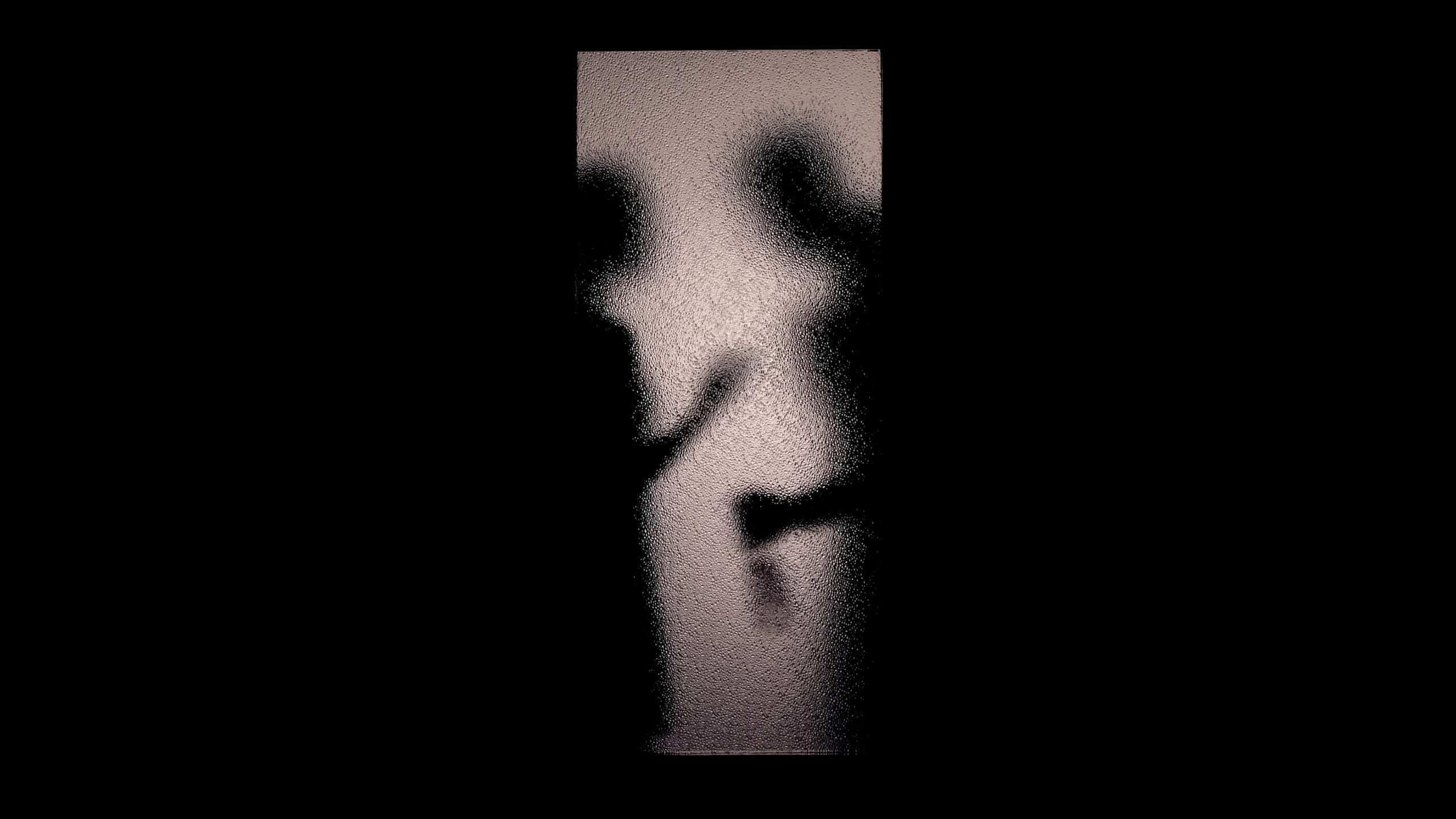Do you have a drinking problem that is out of control? If so, you’d do anything to be able to quit. You may be afraid of the withdrawal symptoms. Moreover, what are delirium tremens, and are you at risk for this condition?
Typical Alcohol Withdrawal Symptoms
What does your typical alcohol withdrawal look like? You may feel the first symptoms a couple of hours after taking the last drink. Furthermore, you’re restless and sweat. After a while, you start retching.
Severe gastrointestinal upset isn’t far behind. In addition, you feel tremendously thirsty. The tremors get worse over the next few days. In short, you feel miserable.
Exactly What Are Delirium Tremens?

One of the darker sides of alcohol withdrawal are the shakes or DTs. However, they don’t happen to everyone who stops abusing alcohol. The length of your drinking habit, your overall health, and the typical dosing all play a role. That said, it’s impossible to determine at the beginning of withdrawal who’ll experience them.
In fact, symptoms usually don’t show up until two to four days after your last drink. DTs progress rapidly. They include panic-like symptoms, severe tremors, confusion, hallucinations, and seizures. Because of the stress on the heart and gastrointestinal system, the condition can be deadly.
How to Stay Safe During Alcohol Withdrawal
Understanding what delirium tremens are can be difficult. However, alcohol dependence and withdrawal isn’t something that you should do at home alone. Therefore, enlist the assistance of a detoxification facility to take the first step in overcoming alcohol dependence. There, you work with medical professionals who keep you safe. For example, modalities for alcohol addiction include:
- Around-the-clock monitoring
- Pharmacological support
- Intravenous hydration, if necessary
- Nutritional counseling
- Preparation for clinical care
Can I Continue Rehab after the DTs?
Specifically, the DTs last a few days. During this time, therapists will keep you comfortable and on track. Once the reaction to the alcohol withdrawal subsides, you’ll be able to continue regular treatments. For most, this means moving from detox to rehab.
For example, you undergo treatments such as:
- Cognitive behavioral therapy
- Trauma treatment
- Dual diagnosis treatment
- Family therapy
- Individual and group therapy sessions



